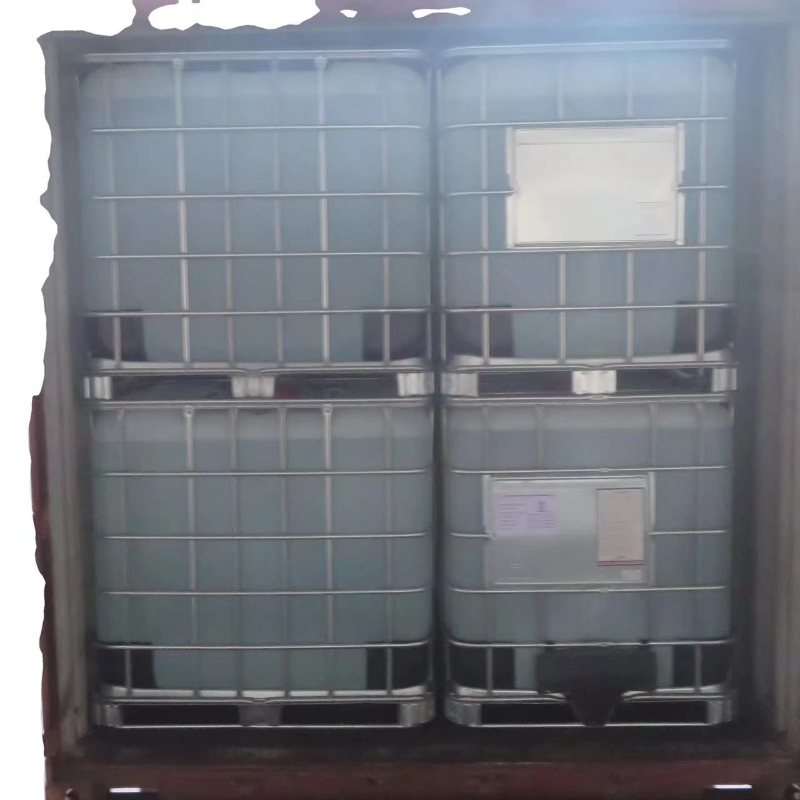-
Categories
-
Pharmaceutical Intermediates
-
Active Pharmaceutical Ingredients
-
Food Additives
- Industrial Coatings
- Agrochemicals
- Dyes and Pigments
- Surfactant
- Flavors and Fragrances
- Chemical Reagents
- Catalyst and Auxiliary
- Natural Products
- Inorganic Chemistry
-
Organic Chemistry
-
Biochemical Engineering
- Analytical Chemistry
- Cosmetic Ingredient
-
Pharmaceutical Intermediates
Promotion
ECHEMI Mall
Wholesale
Weekly Price
Exhibition
News
-
Trade Service
Speaking of nucleic acid testing, perhaps many small partners have experienced nasopharyngeal sampling acid.
, some hospitals already have the option of sampling saliva from the mouth and pharynx.
, is the salivary nucleic acid amplification test (NAAT) similar to the current standard noninvasive nasopharyngeal NAAT? We know that nasopharyngeal testing requires trained personnel and specially designed swabs, and that this technology cannot be easily or reliably carried out in all populations, such as children and isolated individuals.
self-testing will significantly increase screening for community cases.
saliva testing is probably the most practical of the tests available today, as it avoids the inconvenience, discomfort and technical expertise required for nasopharyngeal sampling and is likely to be widely used in the community.
, the results of studies on the diagnostic properties of saliva NAAT have been contradictory.
, other studies rely on the sensitivity and specificity of nasopharyngeal swabs to make the perfect assumption, but this is not the case.
to summarize the evidence of saliva NAAT testing, the researchers reviewed the operating characteristics of saliva NAAT detection SARS-CoV-2 and COVID-19 diagnostics using nasopharyngeal NAAT as a comparative system.
findings were published recently in jama Intern Med.
review of this system, the MEDLINE and medRxiv databases of August 29, 2020 were retrieved to look for studies on the accuracy of diagnostic tests.
compared to imperfect nasopharyngeal swab NAAT as a reference test, the study needs to provide enough data to measure the sensitivity and specificity of saliva NAAT.
study was excluded if there were fewer than 20 participants in the sample, or if it was neither random nor continuous.
result is a combination of sensitivity and specificity.
conducted two secondary analyses: one limited to peer-reviewed studies and one limited to post-mortem analysis of the mobile environment.
study was finally included in 385 references and 16 unique quantitative synthesis studies.
meta-analysis included 8 peer-reviewed studies and 8 preprints (5922 patients).
differences in patient selection, study design, and disease stages in the patient group.
15 studies included outpatients and 9 enrolled only in mild or asymptomatic outpatient populations.
analysis showed that the combined sensitivity of saliva NAAT was 83.2% (95% confidence interval, 74.7% to 91.4%), and the joint specificity was 99.2% (95% confidence interval, 98.2% to 99.8%).
NASAT sensitivity of nasopharyngeal swabs was 84.8% (95% CrI, 76.8% to 92.4%), and specificity was 98.9% (95% CrI, 97.4% to 99.8%).
results of the second analysis are similar. The post-meta analysis of SARS-CoV-2 in saliva samples from
outpatients is noteworthy that most studies do not provide detailed information about the patient's symptoms, and it is not clear whether certain clinical syndromes, such as lower respiratory diseases or critical illnesses, can guarantee the best accuracy of NAAT diagnosis for specific specimen types.
this difference may explain the large prediction intervals obtained in traditional meta-analysis (no adjustments have been made to imperfect reference tests) and caution is required when applying the results of this study to under-represented populations in meta-analysis.
, however, a meta-analysis of all potential classifications showed that there was much less uncertainty about the accuracy of the combined diagnosis, including an after-the-fact analysis of the outpatient population.
, despite these limitations, we believe saliva sampling is a reasonable choice for nasopharyngeal swabs, especially in community testing centers.
time for testing is also worth considering; The timing of the test may affect differences in diagnostic accuracy between saliva and nasopharyngeal swabs, which seems reasonable.
review, the studies with the highest insecurity rates between saliva-positive results and nasopharyngeal swab pairing samples were consistent with patients who repeated the trial multiple times.
findings suggest that saliva NAAT results may remain positive for longer than nasopharyngeal swabs.
considering that NAAT does not necessarily mean the presence of live viruses, more research is needed to determine the role of saliva NAAT in virus shedding time and whether this method overestimates the time of infection.
In summary, large community testing projects are needed to provide an effective public health response during a pandemic when the likelihood of pre-test infection increases and exposure is unreliable and COVID-19 cannot be ruled out.
Although there are still some problems with the accuracy of saliva NAAT diagnosis in certain populations and environments, especially in hospital and critically ill patients, in patients with mild or mild symptoms, saliva NAAT is as sensitive and specific as nasopharyngeal swabs.
, clinical microbiology laboratories and public health authorities should give priority to the large-scale application of saliva NAAT.
: Butler-Laporte G, Lawandi A, Schiller I, et al. Comparison of Saliva and Nasopharyngeal Swab Nucleic Acid Amplification Testing for Detection of SARS-CoV-2: A Systematic Review and Meta-analysis. JAMA Intern Med. Published online January 15, 2021. doi:10.1001/jamainternmed.2020.8876MedSci Original Source: MedSci Original Copyright Notice: All noted on this website "Source: Metz Medicine" or "Source: MedSci Original" text, images and audio and video materials, copyrights are owned by Metz Medical, without authorization, no media, website or individual may reproduce, authorized to reproduce with the words "Source: Mets Medicine".
all reprinted articles on this website are for the purpose of transmitting more information and clearly indicate the source and author, and media or individuals who do not wish to be reproduced may contact us and we will delete them immediately.
reproduce content at the same time does not represent the position of this site.
leave a message here







